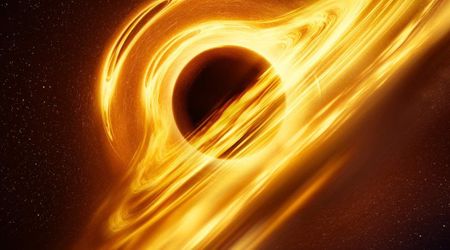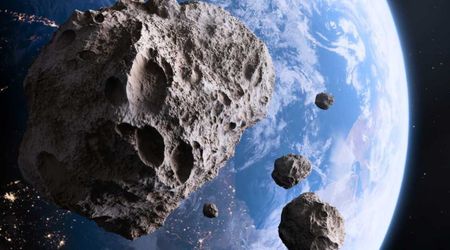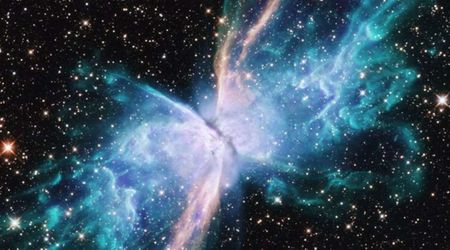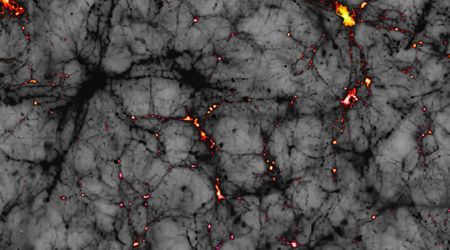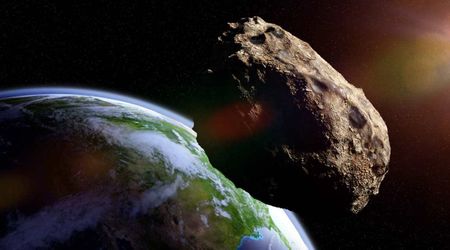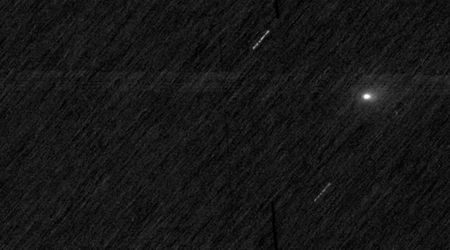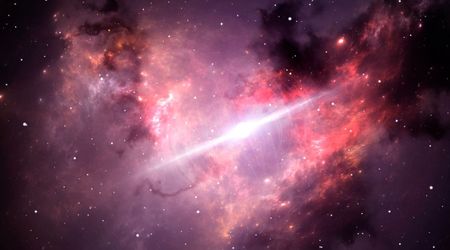California startup Varda Space has completed its 3rd successful space capsule return. It landed in Australia.

Varda Space Industries, a leading orbital pharmaceuticals and hypersonic re-entry logistics company, celebrated its third space capsule return mission. Varda’s W-3 capsule returned to Earth, supported by a leading launch and space systems company, Rocket Lab. The third success of the W-series of Varda missions was marked at 02:07 a.m. UTC on May 14, 2025, in South Australia. Varda’s hypersonic re-entry capsule was delivered by the medium delta-V spacecraft platform, Pioneer. Three of the four contracted missions for Varda were operated by Rocket Lab.

The capsule delivered a payload and data from an advanced hypersonic navigation system test for the U.S. Air Force and Innovative Scientific Solutions Incorporated. W-3 was launched on a Falcon 9 rocket, as part of SpaceX’s Transporter 13 mission, according to Space.com. It touched down at the Koonibba Test Range operated by Southern Launch after 8.5 weeks in orbit. This capsule recovery is taking place only two months after its return of W-2 at Koonibba on February 28, 2025. Rocket Lab announced the successful return of the capsule through a post on X.
We have successfully recovered the W-3 capsule. Is this boring yet? pic.twitter.com/wVudPyPhQB
— Varda Space Industries (@VardaSpace) May 14, 2025
Varda’s W-series capsules were aided by Rocket Lab Pioneer satellite buses for communications in orbit, power supply, and propulsion. Following the de-orbit burns, the firm helped eject the capsules at the end of each mission. While W-2 and W-3 made successful landings at Koonibba, the touchdown of W-1 was in Utah in 2024. Varda Vice President for Mission Management Brandi Sippel stated, “We are working to make re-entry as commonplace as launch.” The W-4 capsule is undergoing integration with its Pioneer satellite bus at Rocket Lab’s headquarters.
Around the world in 60 days.
— Rocket Lab (@RocketLab) May 14, 2025
✅ 900+ orbits
✅24.5 million miles traveled
✅Our third successful Earth re-entry mission
Rocket Lab’s Pioneer spacecraft has released @VardaSpace’s capsule safely back to Earth landing at the Koonibba Test Range in South Australia, operated by… pic.twitter.com/q8qNkN7YoE
Though a launch date was not announced for that mission, Rocket Lab was enthusiastic about its involvement. “Managing three successful missions for Varda in just over a year is a testament to our team’s ability to produce tailored spacecraft for our customer’s specific needs quickly and efficiently,” founder and CEO Sir Peter Beck stated, according to a statement from Rocket Lab. Individual Pioneer spacecraft for Varda’s W-series missions carried crucial mission functions for Varda’s 120kg capsule, including power, communications, propulsion, and attitude control.

The Pioneer spacecraft keeps proving its “rapid re-entry capability, versatility, and reliability, delivering critical mission functions.” According to CEO Beck, Varda’s mission and Rocket Lab’s work are establishing credibility in space manufacturing and re-entry logistics. Dave McFarland, Varda’s Vice President of Hypersonic and Re-entry Test, mentioned that Varda’s re-entry capsule presents opportunities for both government and commercial partners. They can test and validate hypersonic and re-entry components and technologies, per Varda.

The W-3 capsule’s payload is funded by the Prometheus program, an initiative from the Air Force Research Lab in partnership with Varda. The program focuses on the national security need to increase testing and modernization of high-hypersonic systems and re-entry technologies. They hoped to achieve this through a low-cost, high-cadence commercial flight testbed. The payload of W-3 will be tested at re-entry speeds that it was designed to endure, but never had practical encounters with. A step that shouted its purpose of pushing the boundaries of space exploration.


